
This is a simple project. Basically we are reproducing the suit of the working woman – like the photos. Easily the very crux of Edwardian fashion, it will consist of skirt, Edwardian blousewaist with tie, silhouette created by the “S Monobosum” corset, sporting hat, authentic or period boots, and accessories typical of a lower middle class daughter living as a single woman.
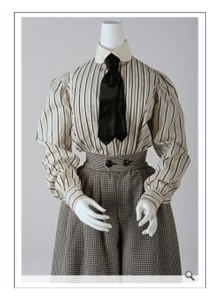
This means the ensemble would have been easy to put on without help – then as in now – very durable, washable, cheap, mass produced, and could be worn with layers such as a jacket or outer wrap or coat. There would be minimal fuss in number of petticoats, stockings, gloves, or the sort of thing women of earlier history just had to have. Function would be key, but fitting in with men in the workplace would be paramount – so fashion would be desired by this character, especially if she was upwardly mobile, or trying to move into politics, which was entirely feasible for women of the day.
The ensemble needs to be age appropriate and correct for an office job. She needs to be able to move around in snow or rain easily, and get on and off public transportation. This slims the fashion of the day way down to the very basics – which again is why this is a quick and simple design.
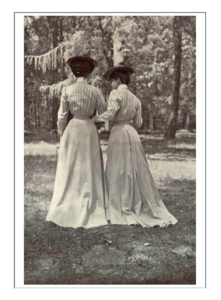
There are many patterns available from extant garments of the Edwardian era. These all have the stock collar, bloused waist, gathered neckline, slightly full sleeve with cuff, and many variations on fabric and fabric texture. While the Edwardians had a lot of lace, the working woman and lower classes did not.
This ensemble will be very basic and function, easy to dress, easy to maintain, very strong, and very quick to build using actual patterns (at last!) instead of creating our own – the advantage to 1902 is that there WERE patterns, but they hadn’t become so odd as the 1909 and forward ones were which had a lot of overdraping and boning.
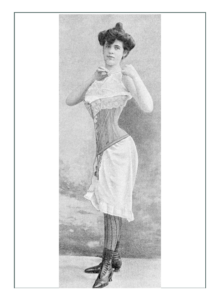
The Edwardian blousewaist and skirt is specific and fashionable, but it is also rather simple. We will use these patterns plus others in stock to develop our own versions using our design sketches.
Commercial Patterns:
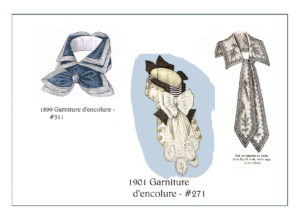
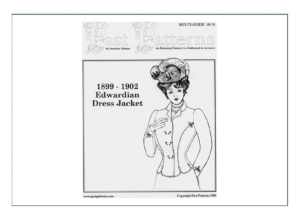
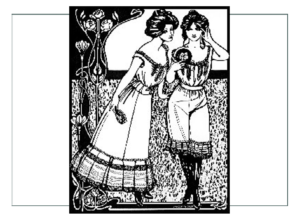
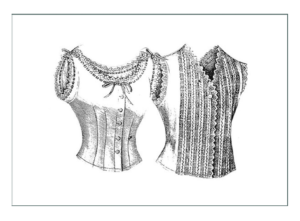
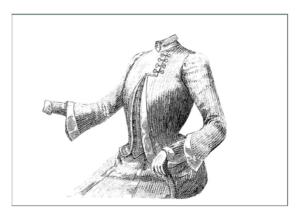
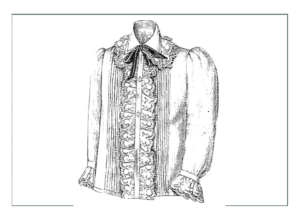
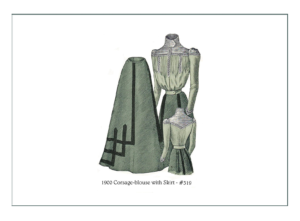
After Research, Selected Materials:

Select Key Photos & Images Consistent with Character
Those extant garments and images which grabbed us that we might want to build, as we begin the design process after understanding the era, high fashion, working fashion, and western fashion as described above. We can use these to build from:
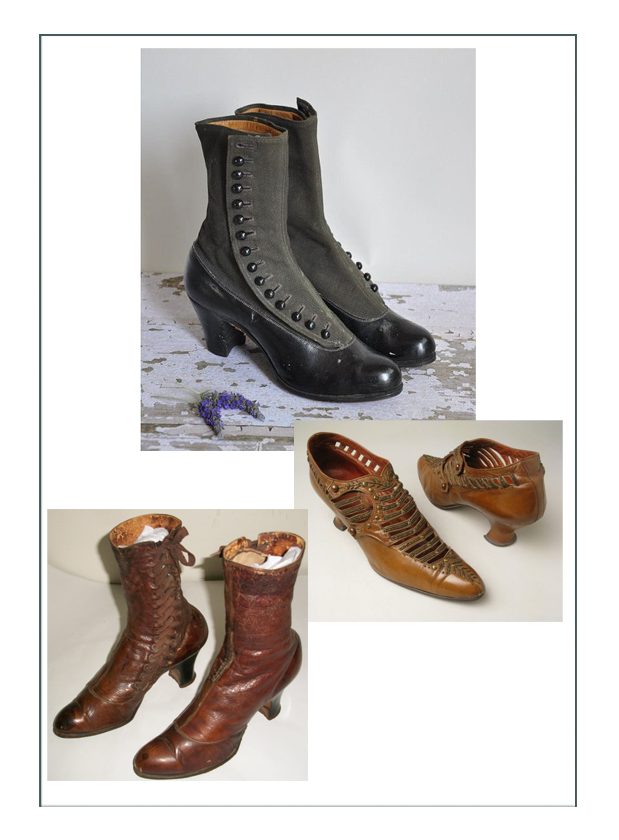
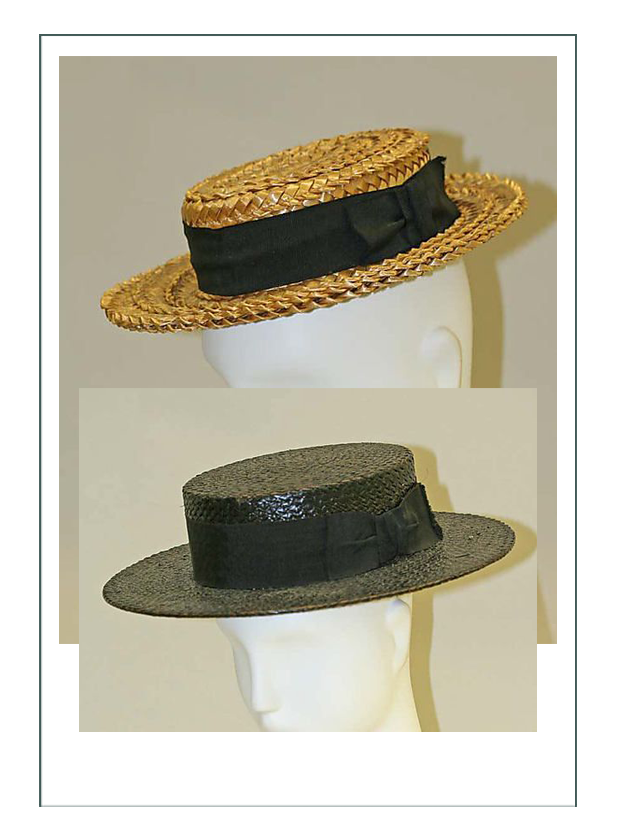
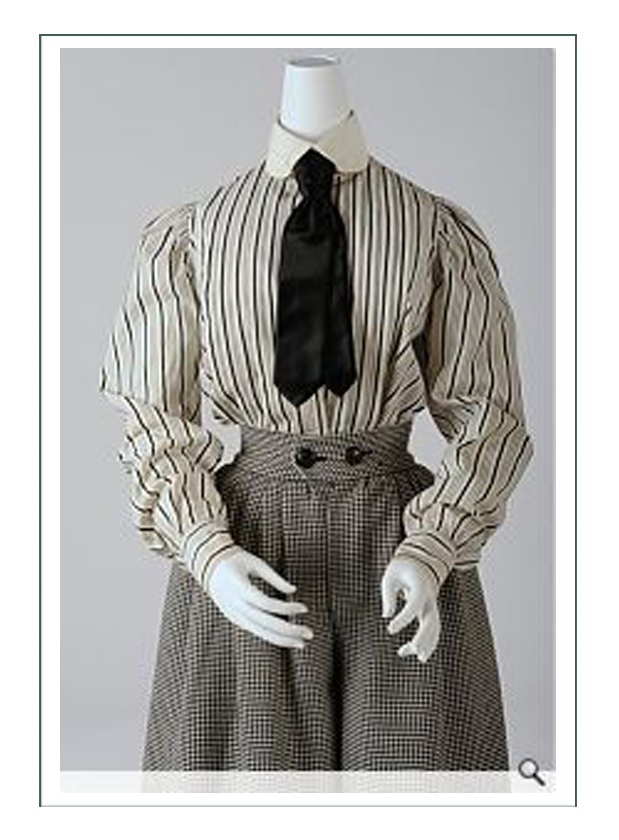
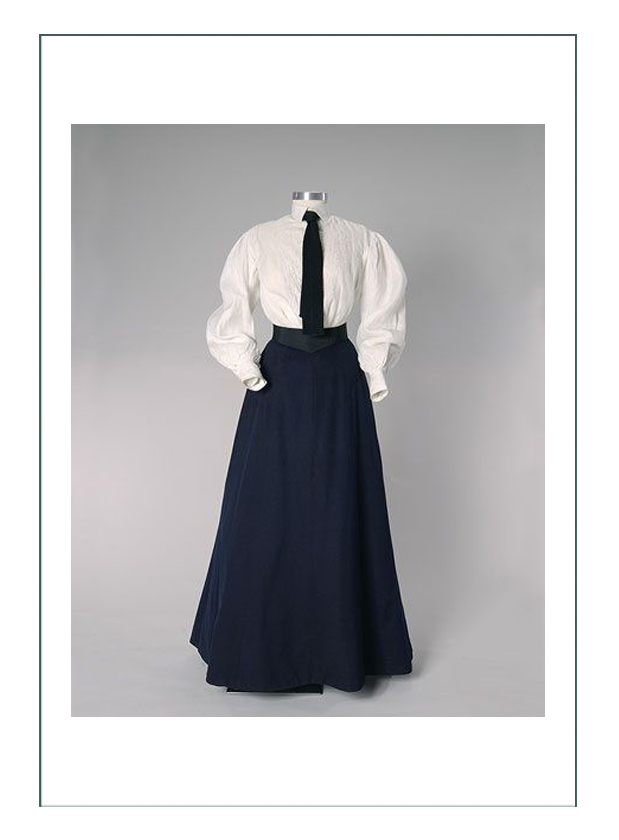
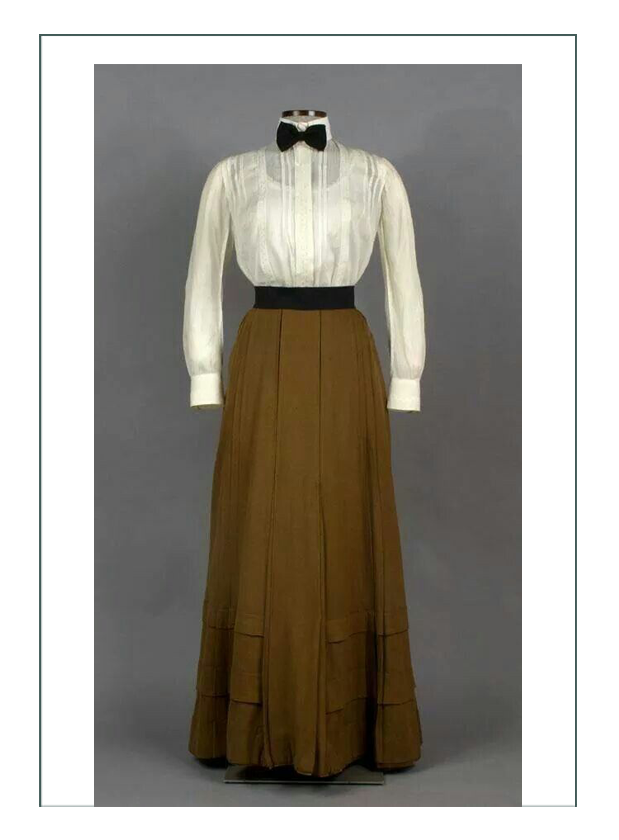
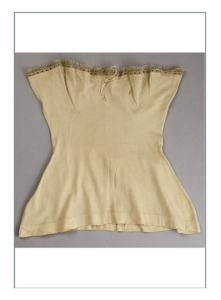
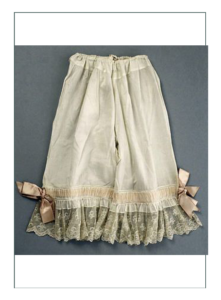
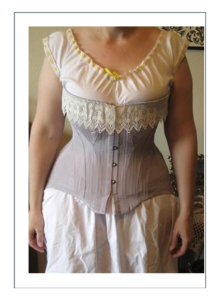
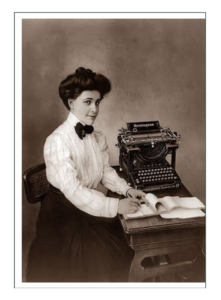

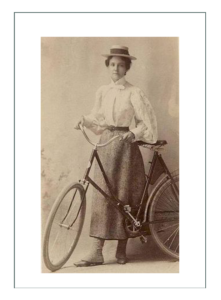
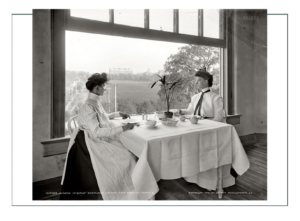
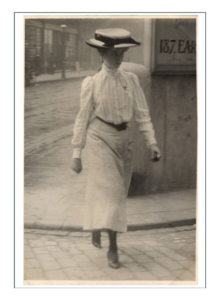
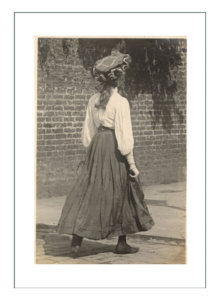
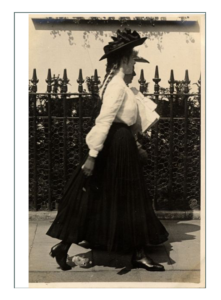
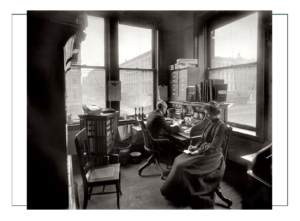
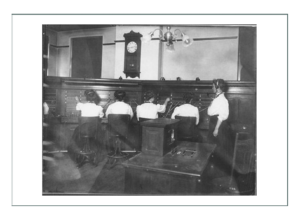
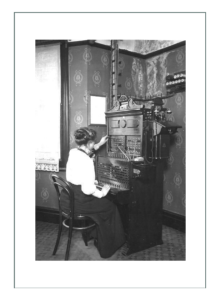
Fabrics & Notions
Based on Key images above, these elements and materials can be used to create any of them, keeping in mind that the 1870-80’s had similar suits, but that the skirts and jackets were light greys, tans, greens.. while the 1902 version had dark brown, gray, black, blue, burgundy, or teal typically. It’s hard to tell that from photos. Fabrics were cotton twill, and largely draping wools. They wore only foundation skirts and not much of a petticoat. The gores changed seasonally through the early 1900’s. The shorter skirt is typical of lower classes, and were a bit towards 1905 when skirts either went long with a train or short.
We are selecting something in between, the sweeper train, as a matter of personal preference, which would mean she would commute to work, and not walk most likely. This means she might ride in a “commuter coach” such as this one shown from New York City. This reinforces our idea that she would live with a family a bit in what would become suburbs, and might ride into work with the man of the house or a son.
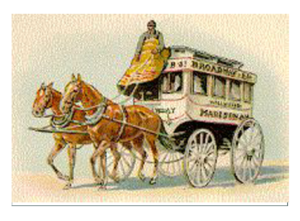
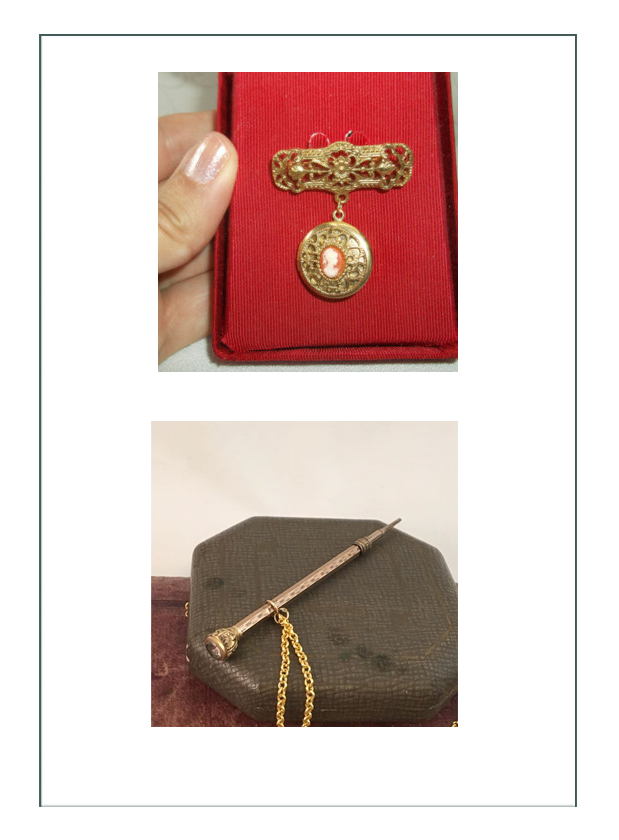
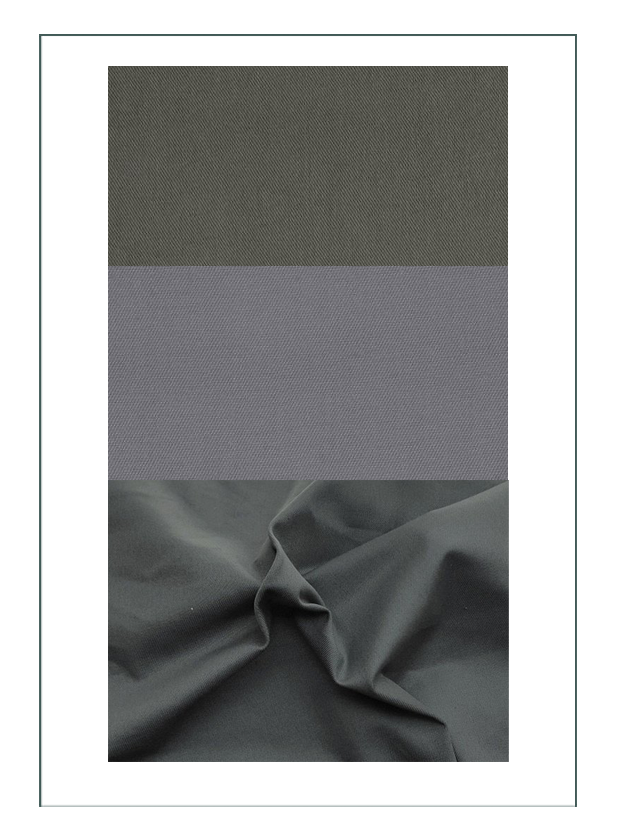
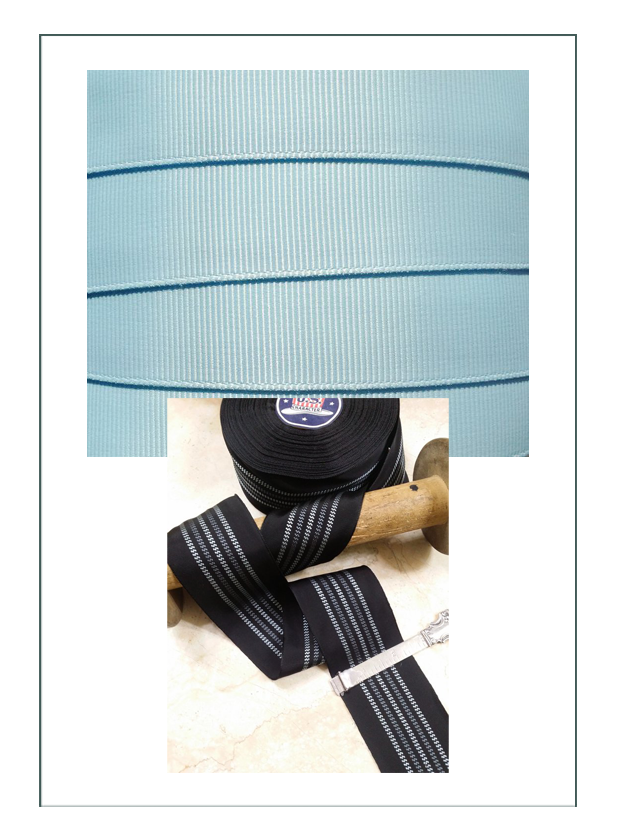
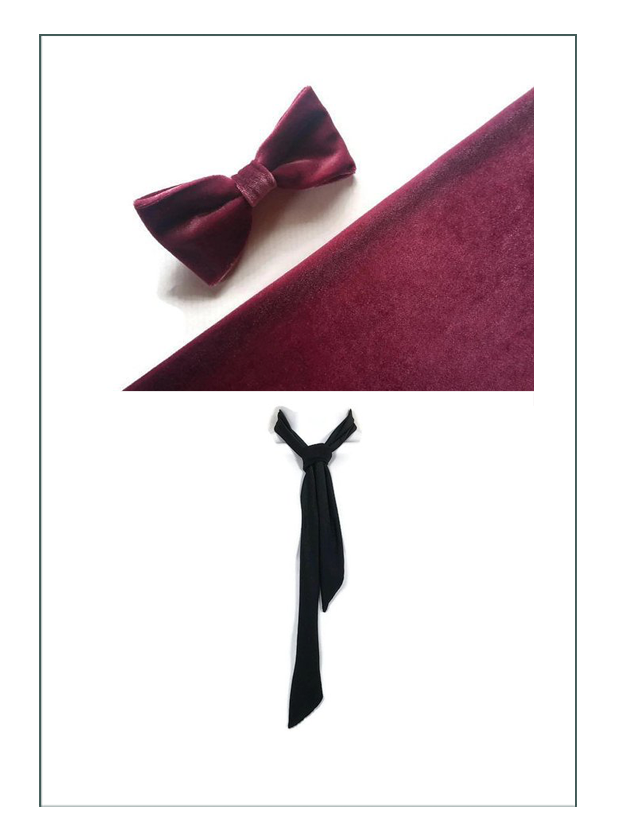
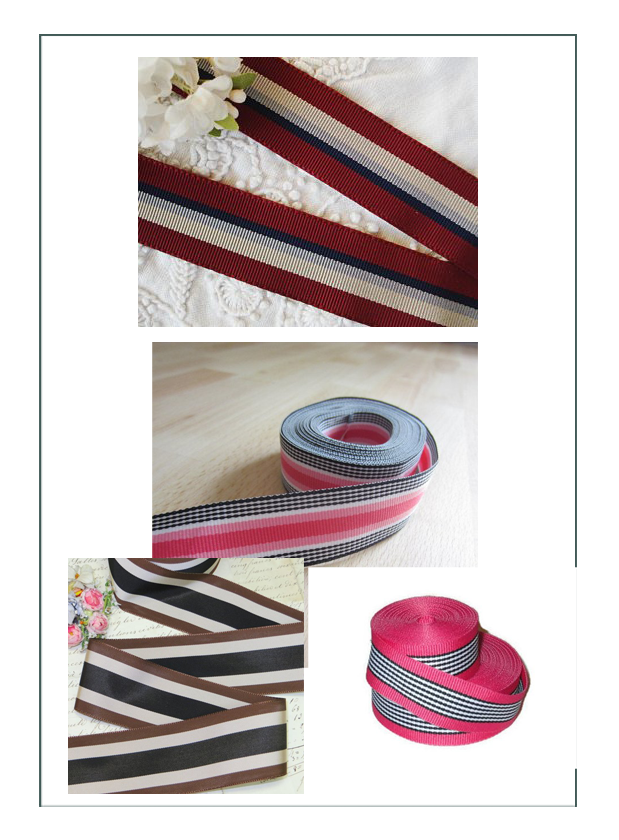
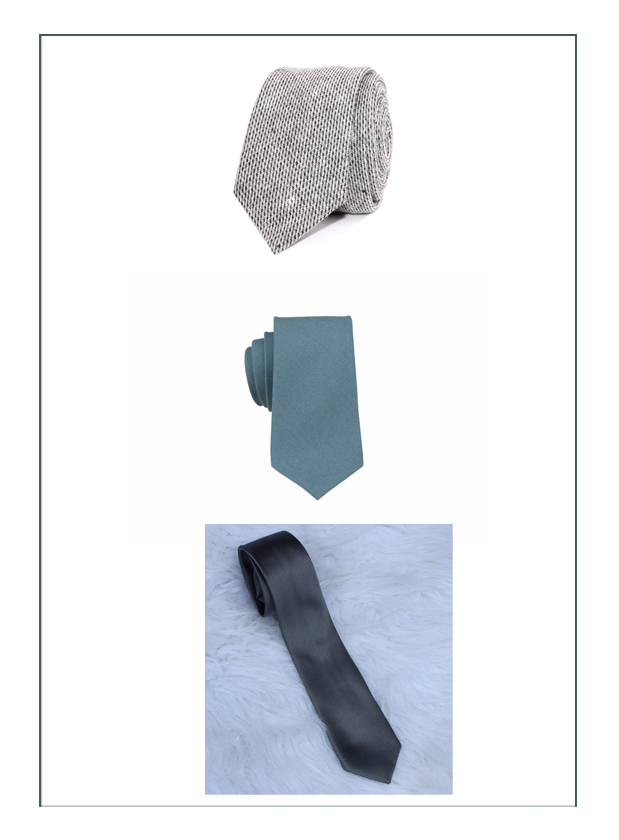
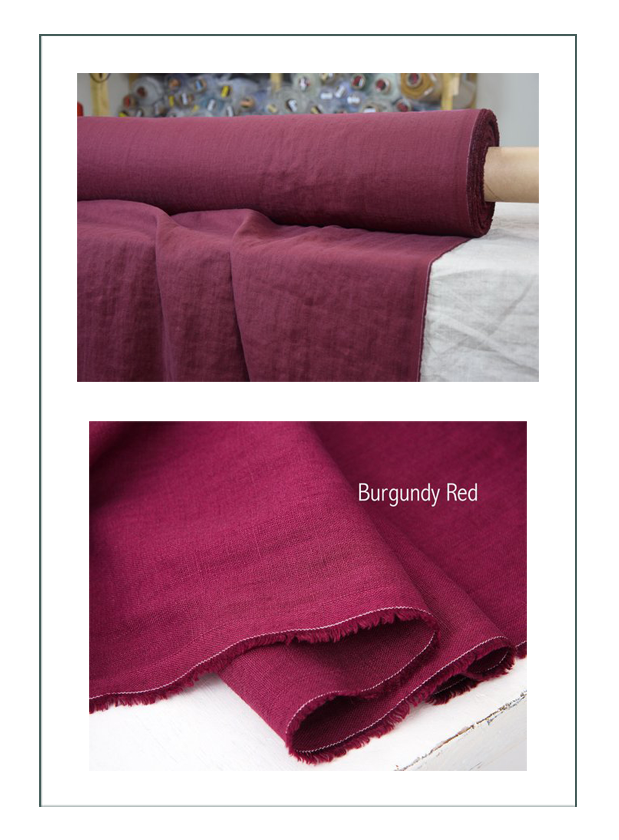
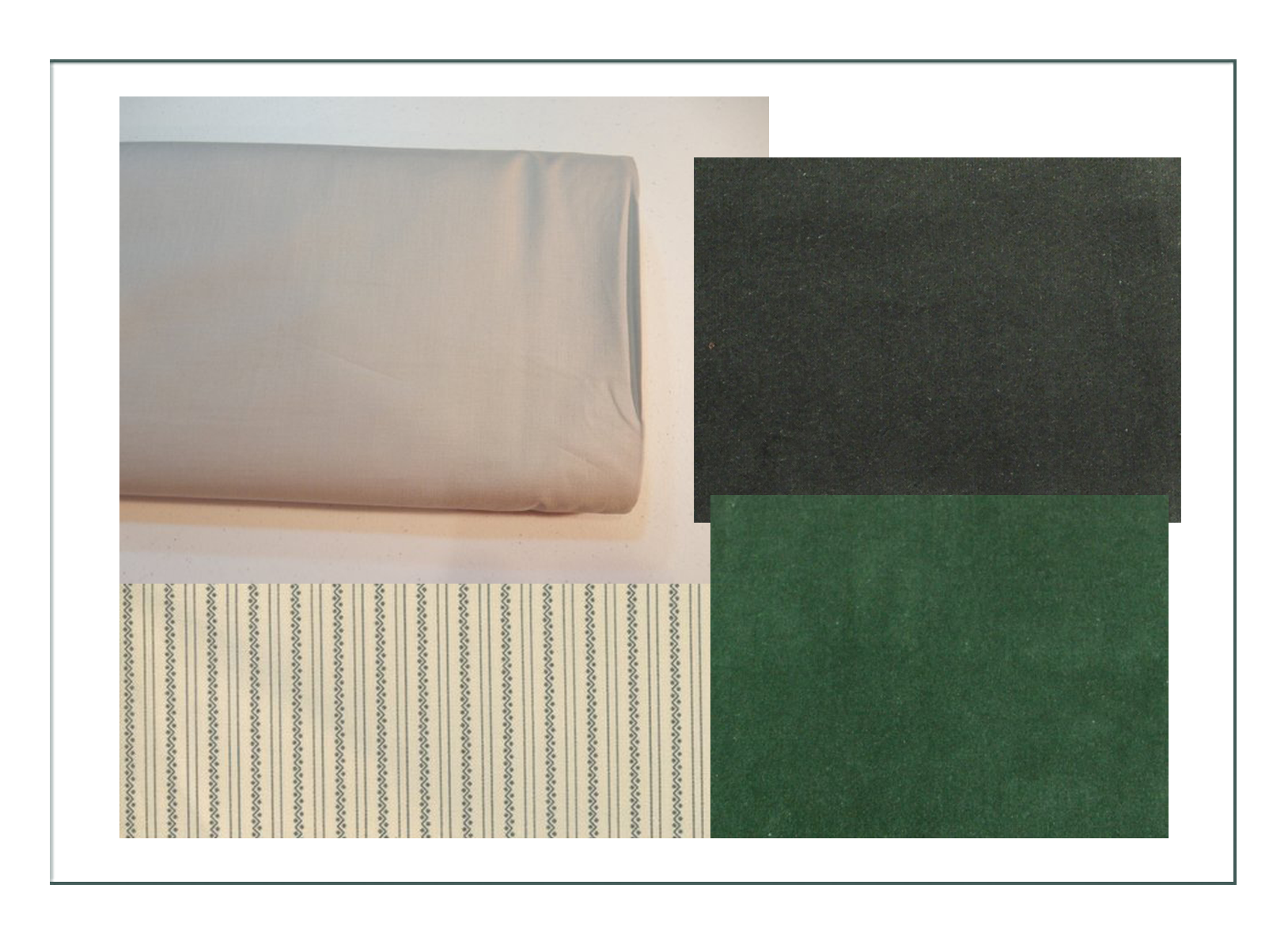
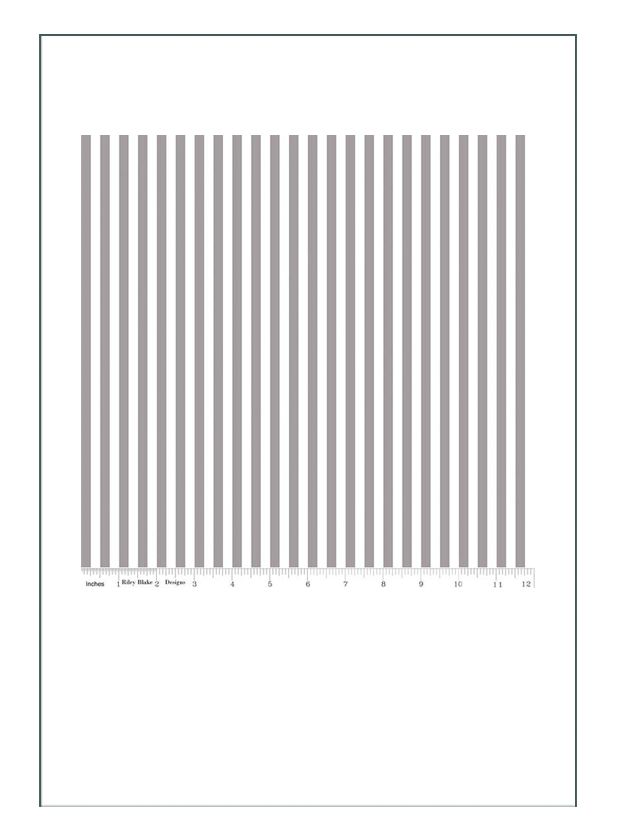
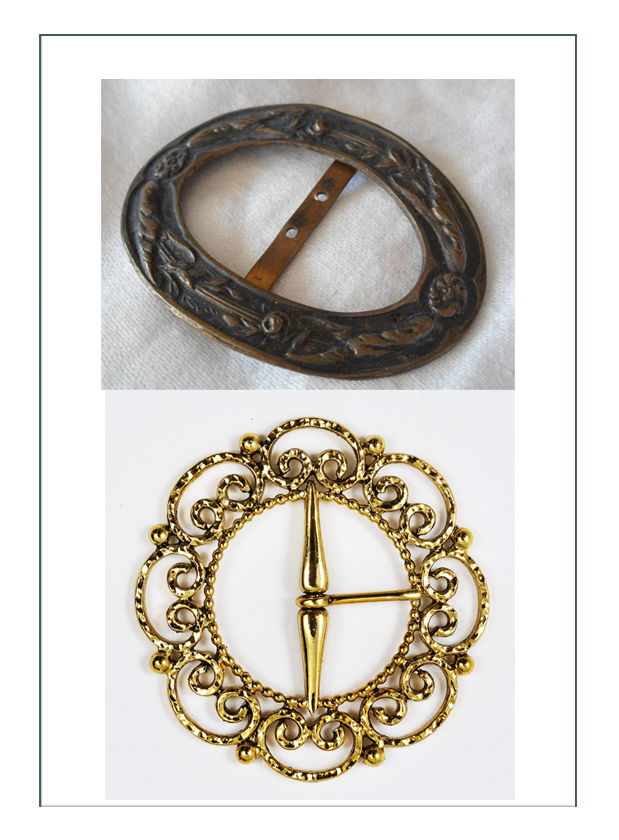
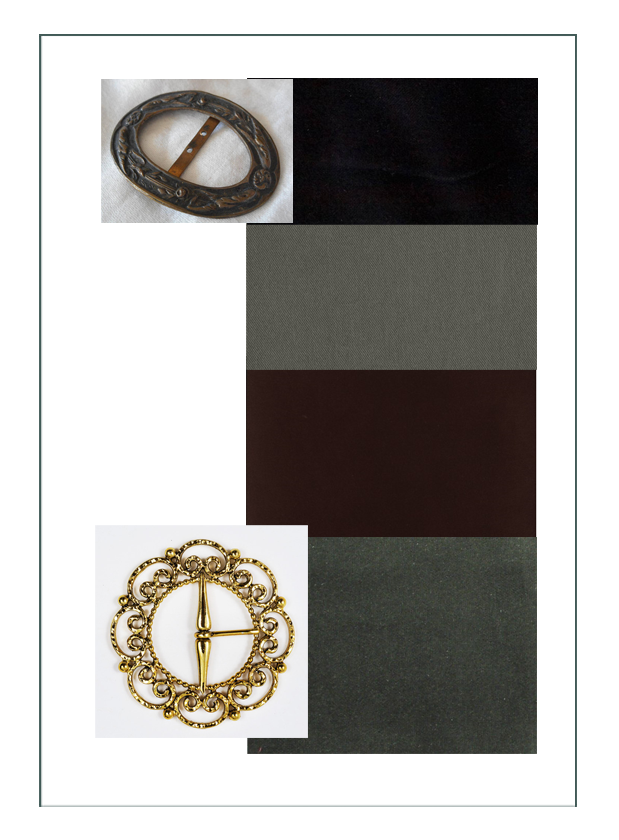
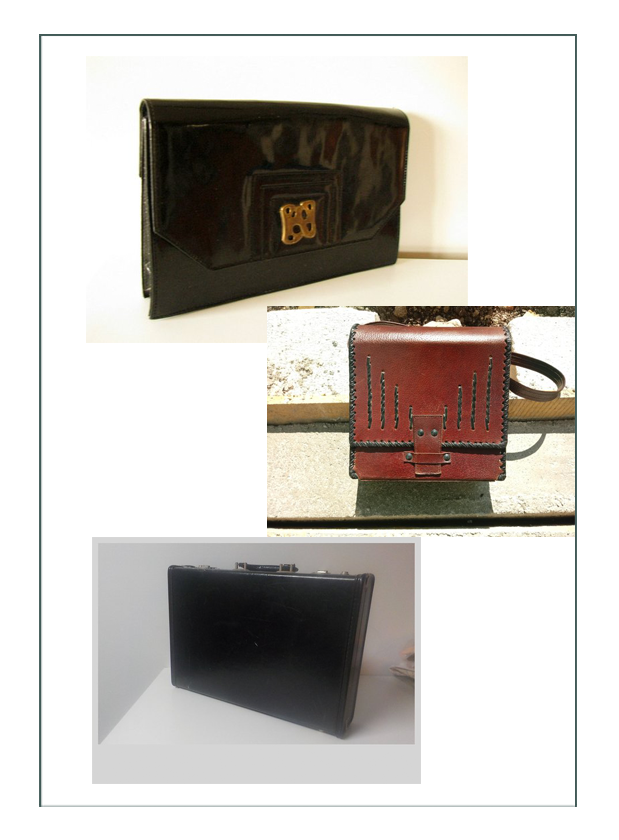
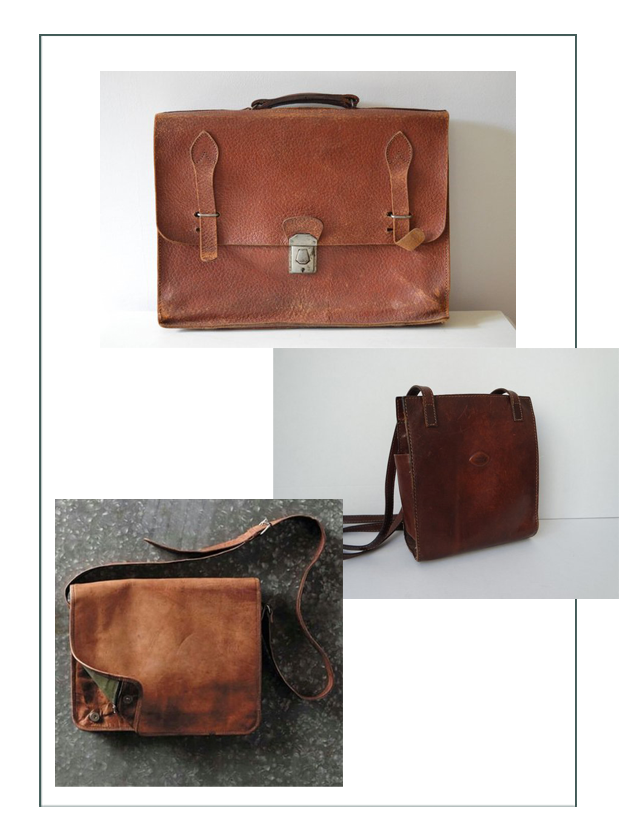
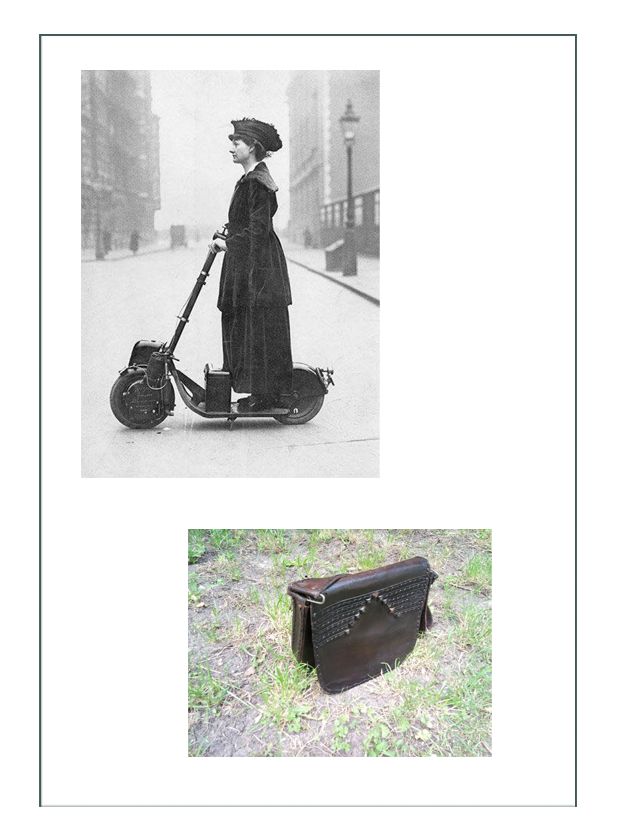
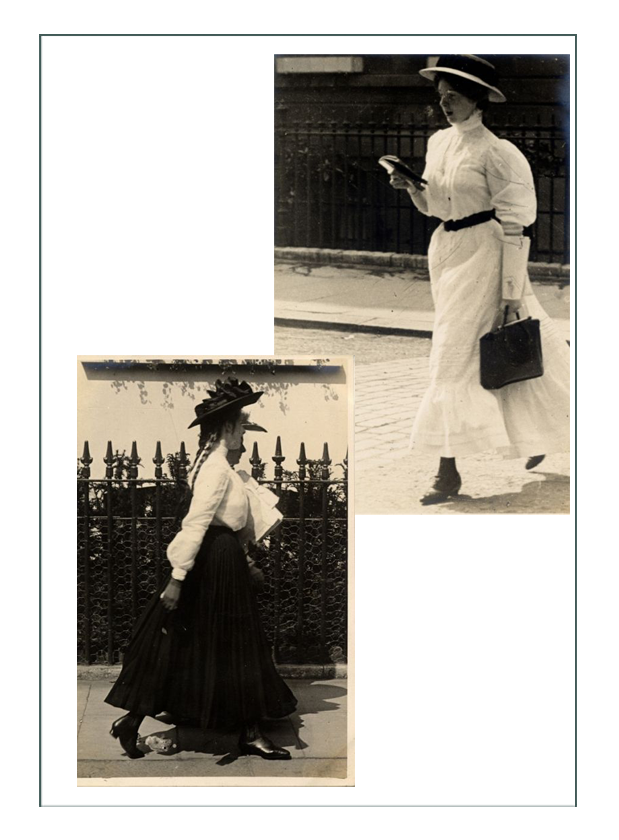
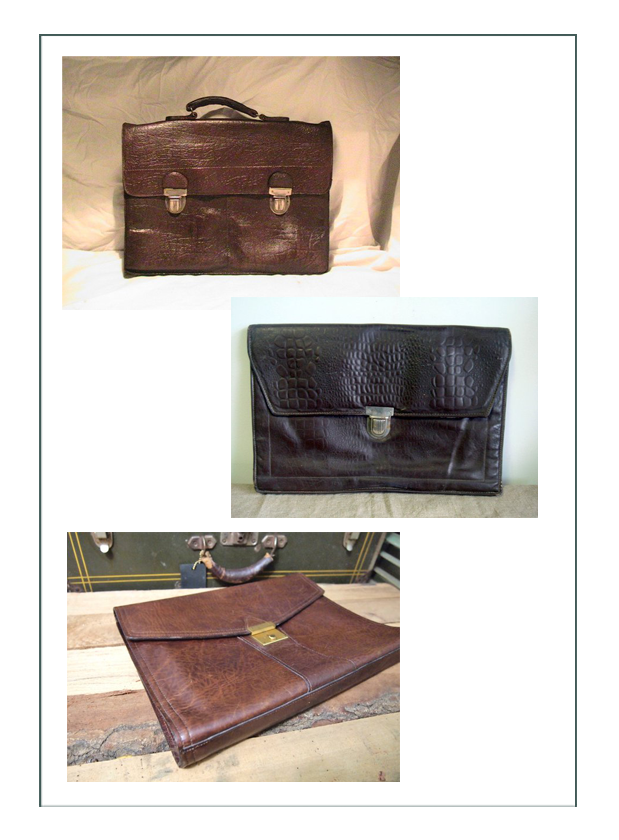
Design Sketches using material selections and based on extant garments above:
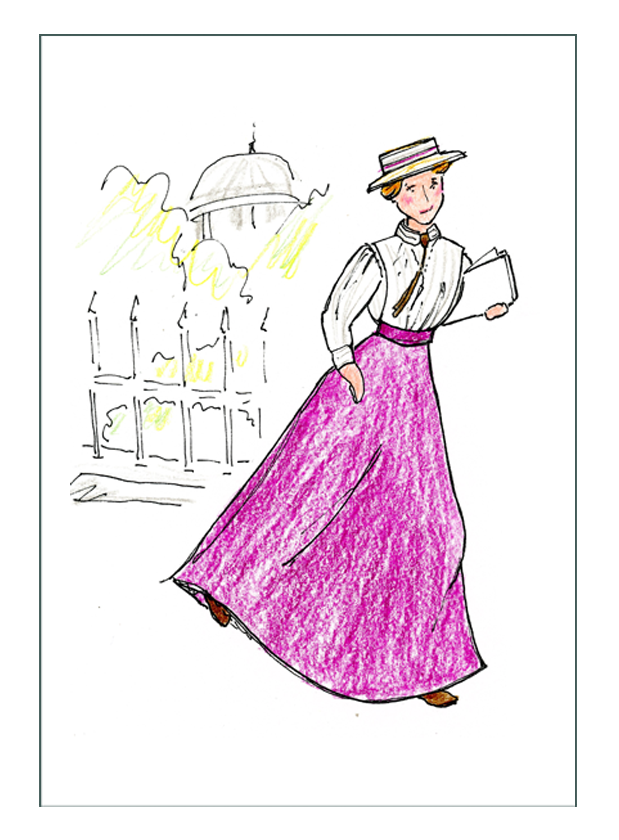
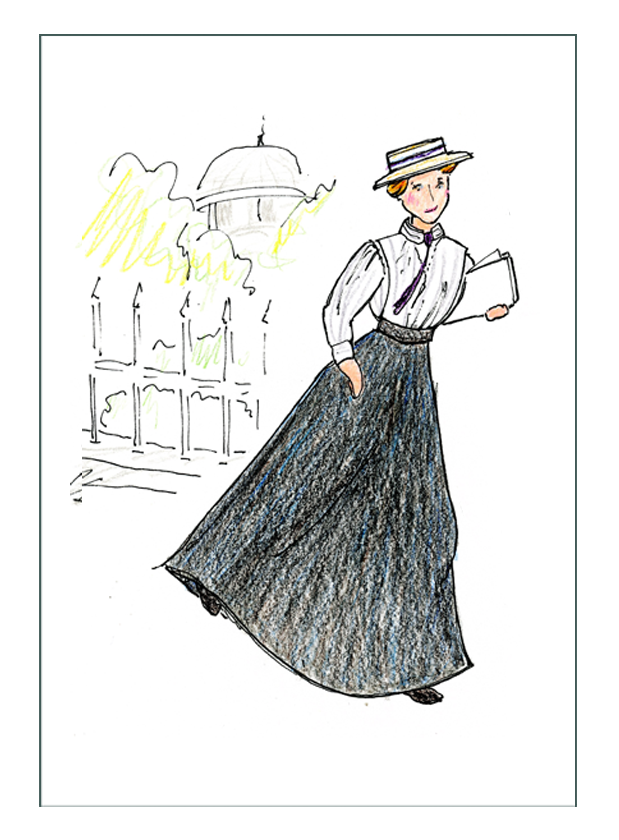
Taking into consideration the history of location, time, place, and the character as developed, we choose from selections above and come up with these concepts. The blousewaist shown is more 1910-1913, so the final project will be of a somewhat less tailored, and more bloused design although the overall image will be the same.
Post Note
We need to note here the many of the extant samples are actually SPORTS OUTFITS, and not those of working women. The bowler hat was more typically worn for sports like yachting, golf, tennis, or cycling. We have made the character assumption that she would be more casual and sporty; younger and jaunty. The skirt we are building with a train is the variance from the concept, and a nod towards being in an office job, and one that demands adherence to current fashion standards to some degree. It might be also that she is Mormon, or of a religious order that demands some propriety in skirt length and coverage of appendages.
(Photos of 1902 cycling, golfing, hiking, and bowling are most akin to our design; more so than the working women’s ensembles. We think it’s the hat and the boots that make all the difference.)

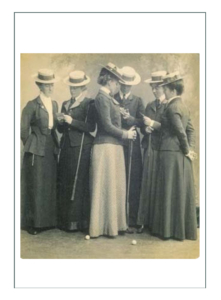
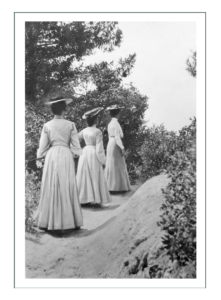
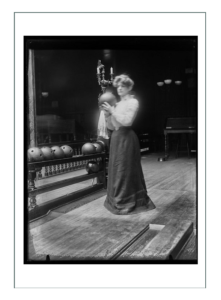
The design therefore catches a “SPIRIT” or a “MOOD” of a young girl going out on her own not only the first time for her – but for women as a whole! Living, working, and being single – very unique to Wyoming and to this time frame and to the West. It was very, very daring to do so and to be so, and so you know the family would have built in safeguards such as money control, clothing censor, and checking up on her. That would be easiest to have her under a family friend or family member’s watch.
The ensemble therefore will be a mix of the new and independent single woman with one who is being watched carefully by employers, coworkers, host family, home family, and pretty much all of society to check up on her. The more serious and functional the ensemble the better, but we have added fun personality twists (like a baby blue silk tie and a jaunty oceanside hat!), and reference to her work (mechanical pencil) into an otherwise very conservative ensemble.
Continue on to see how all this research leads to final decisions:
Click here to go to Bailey’s Main Page with the Finished Project (next)
Click here to go to Bailey’s Historical Context Page
